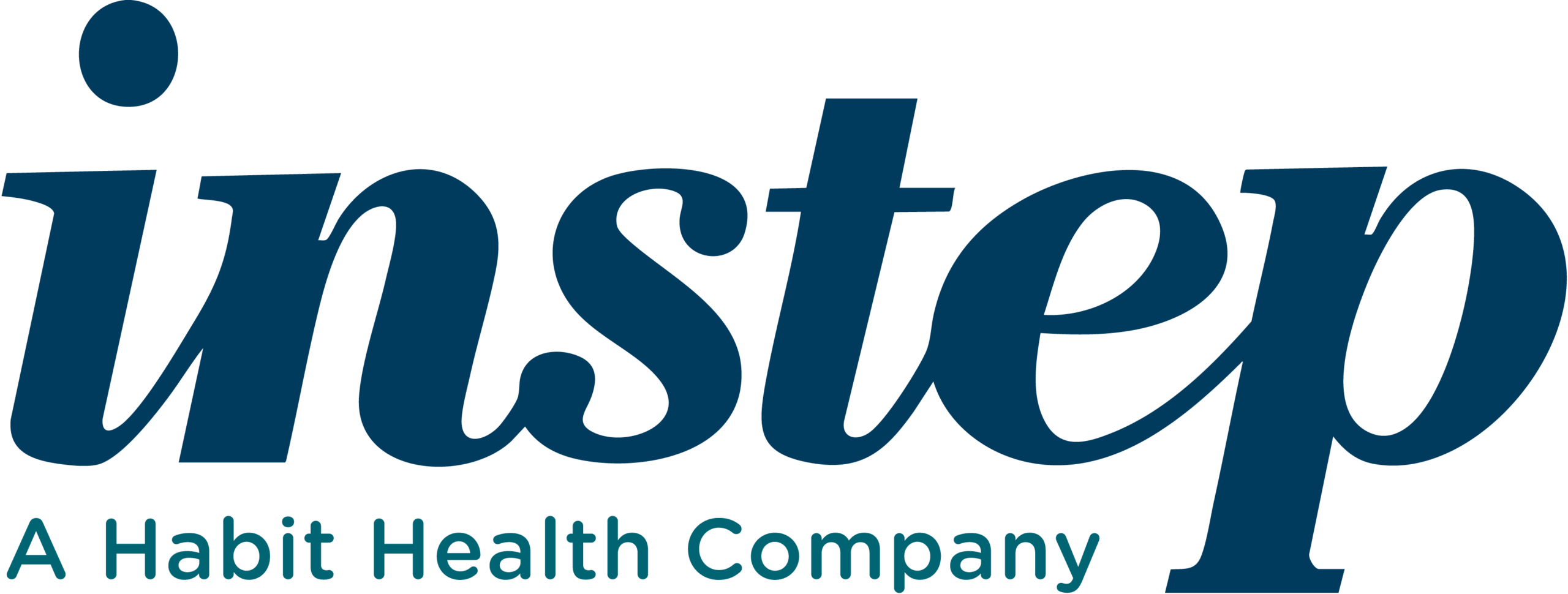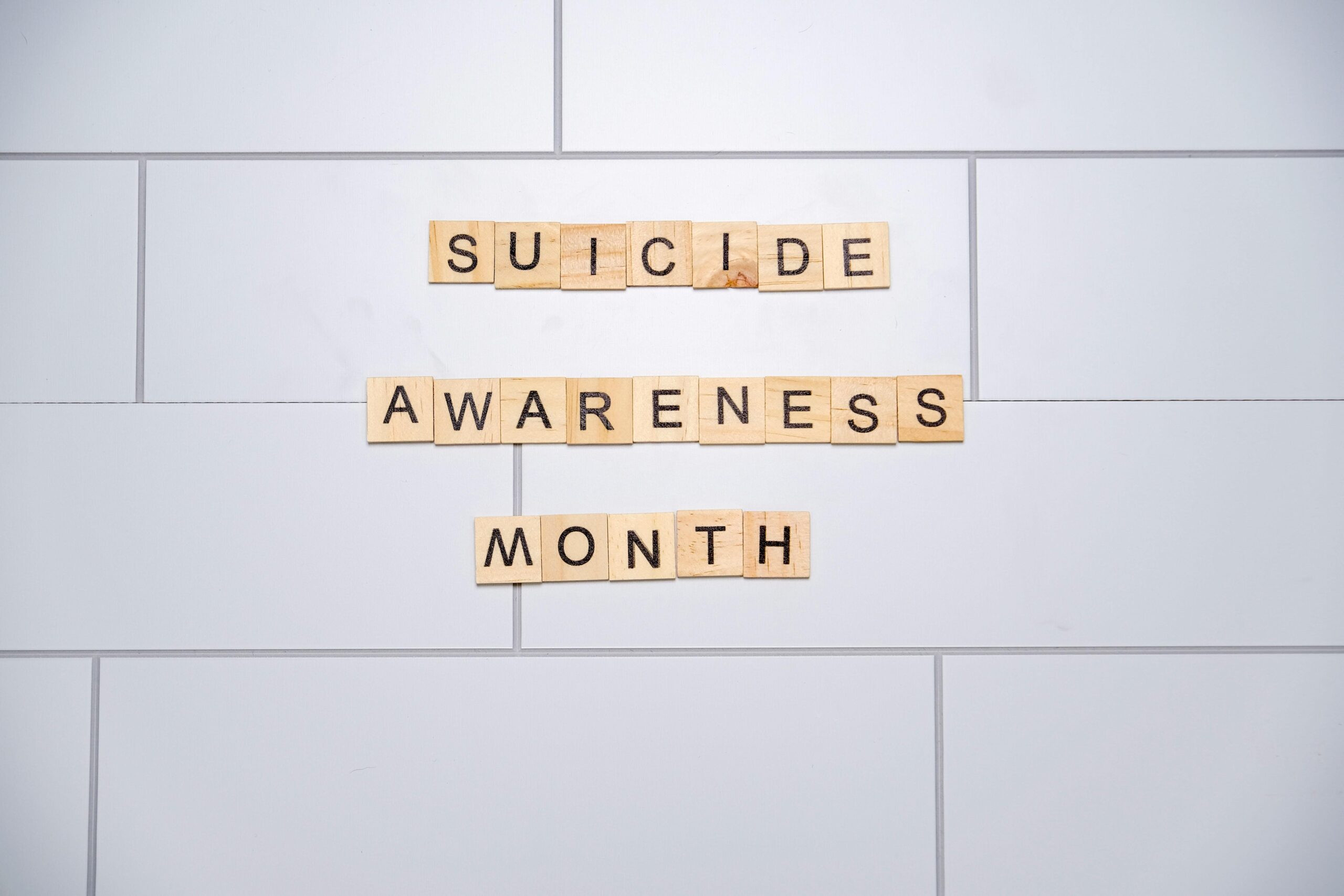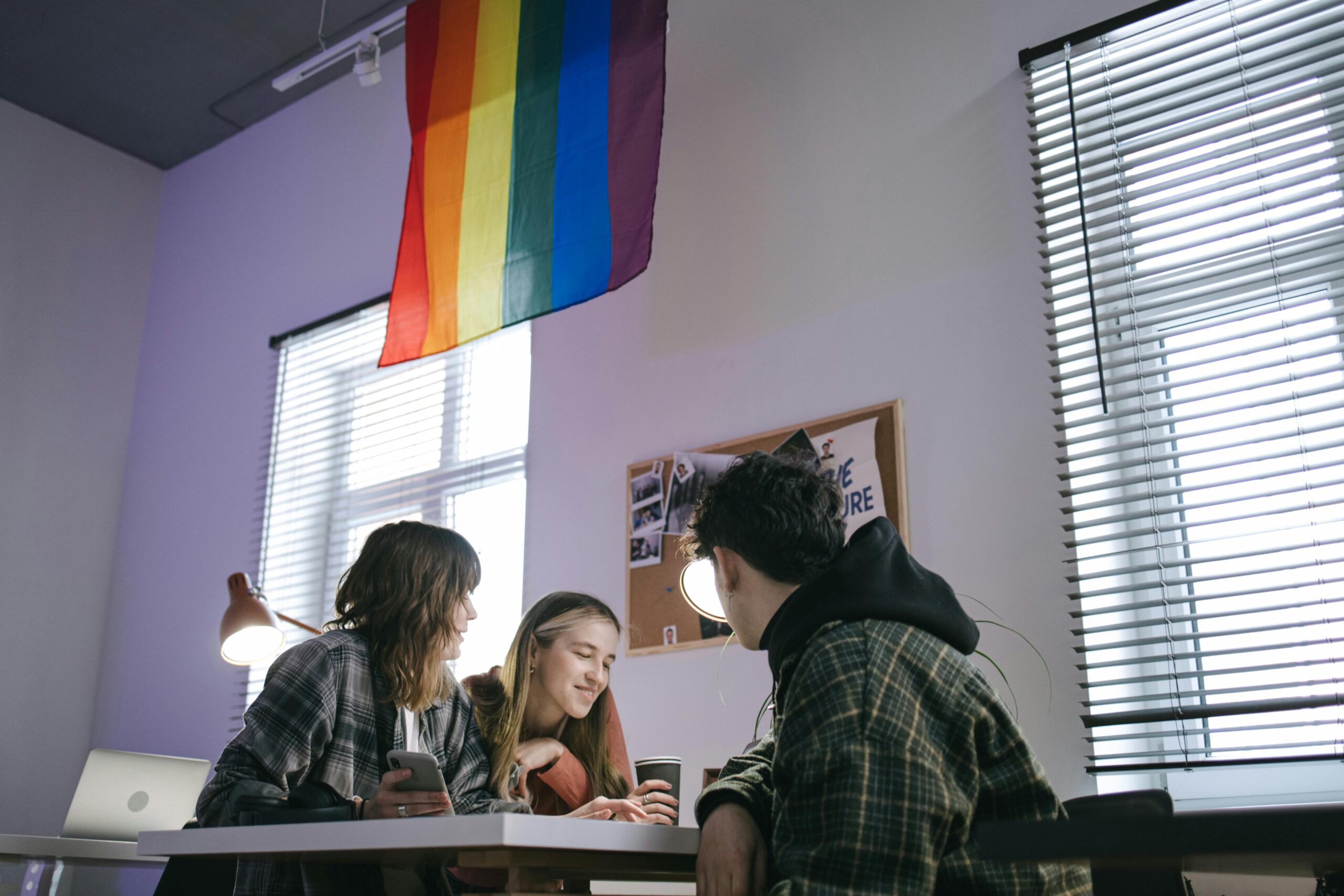With suicide awareness day approaching (September 10th), I have been reflecting on what suicide prevention is and what works and what doesn’t work. There is much research on the topic, and most acknowledge the community approach to mental health support that I’ve discussed frequently in recent years. With our public health systems increasingly stretched and facing dwindling resources, it’s crucial to find effective ways to meet the growing need for support.
You know that moment when someone asks, “How are you?” and you feel compelled to give an honest answer? That’s the heart of suicide prevention. It goes beyond a mere framework; it embodies a way of being that fosters communities and workplaces where individuals can be, well, human.
The Foundation
Think back to the best workplace or community you’ve been part of. Chances are, people engaged openly with one another, acknowledging and celebrating their challenges and wins. At the heart of this is a commitment to foster a culture where being human is OK, where we support a colleague or a friend who is struggling, and where kindness is a natural part of our interactions.
It sounds simple, yet many fall short of this. Why do we hesitate in a time when authenticity and connection are so needed? How can we create communities where we can authentically show up for ourselves and for each other?
Building Real Support
The next layers of prevention speak to changing our mindset around mental well-being and suicide prevention. What if we stop glorifying the “hustle culture” that drives burnout and truly commit to work-life balance? What if we improved how we interact in online communities? Our digital behaviour impacts real lives too. We are more connected than ever before, yet chronic loneliness is a recognised public health problem around the world.
Intensive Support
Sometimes, individuals reach a breaking point. When this happens, it requires us to have the courage to check in on someone who’s been unusually quiet, helping others find reasons to keep going when hope feels lost, and creating environments where a simple “I’m not okay” doesn’t feel like a career-ending statement. This is the time to support people to reach out for support and break down barriers to that support.
What This Means for Instep’s Community and Beyond
The truth is, whether you’re a mental health professional, a member of an organisation benefiting from Instep’s services, or someone who might need support down the line (and let’s be honest, that could be any of us), or anyone else reading this article, mental wellbeing and suicide prevention is a community response that we all have a part to play in.
It’s not only about training a handful of people to handle a crisis or mental distress; it requires everyone in the workplace and our communities to contribute, from managers who may notice changes in a teammate’s behaviour, to colleagues who speak up about troubling comments, to friends who stop by with a coffee and say, “I’ve been thinking of you.”
When our communities approach suicide prevention in this way, we’re not only averting tragedy; we’re creating workplaces and communities where people are excited to be involved, where asking for support and receiving support is normal, and where everyone from all levels of organisations and communities understands and appreciates the significance of preserving wellbeing. This collective effort benefits all of us in ways we might not always see and, crucially, saves lives.
Kotahi te aho ka whati, ki te kāpuia e kore e whati.
One strand of flax is easy to break, but many strands together will stand strong.
A whakatauakī said by Tāwhiao.
Written by: Fiona McCracken, Instep Quality and Innovation Manager, Sept 2025
If reading this has brought up challenging thoughts or feelings, you don’t have to face them alone. You can reach out to Instep for support. Remember that if you’re worried about immediate safety, yours or someone else’s, call 111.




